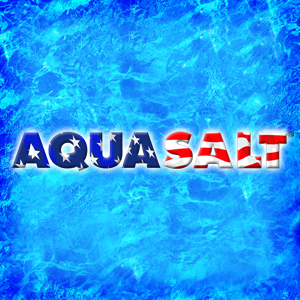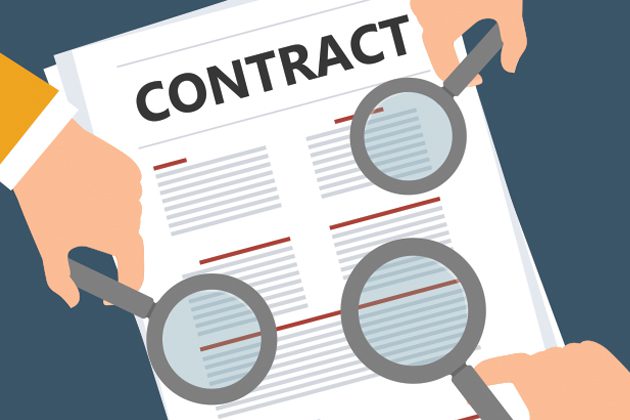A pool is a valuable investment. Like all other investments, you want to make sure you receive the most out of it. That is why it is important to keep it running properly. The following terms will help you to keep your pool running properly and allow you to get the most out of your investment!
Chlorination
In order to keep the pool water free of contaminants, it is necessary to add a chemical, which is capable of killing algae before it becomes visible, or a health hazard. As a rule, the presence of algae in water does not pose a significant risk to health, but it can enter open cuts or sores and cause infection. Once the concentration of algae in the water becomes great, it is visible to the naked eye as discolored water or blemishes on the pool surface.
The Chlorine Scale
The concentration of chlorine in water is measured in parts per million (ppm), that is, parts of chlorine per one million parts of water. A standard test kit is graduated on one side from zero ppm to 3.0 ppm. Most test kits are labeled with an “ideal” level for chlorine, usually between 1.0 and 1.5 ppm. While this level is adequate for most pools, it is recommended to maintain a higher chlorine concentration than this during the hot summer months often experienced in Florida. It has been found that a concentration of 1.5 ppm dissipates too quickly during days with temperatures above 95-100 degrees.
Superchlorination
Superchlorination refers to a process in which the chlorine level in the swimming pool is raised to abnormally high levels over a very short period of time, usually a few hours. Another common name for superchlorination is “shocking”. Over time and with extended use, organic wastes build up in the pool water. These wastes include body oils, sweat and other body fluids, and suntan lotions. Generally, 1 gallon of liquid chlorine is needed for every 10,000 gallons of pool water. It is recommended that superchlorination take place in the evening, after the sun has set, since this is when the pool is not being used and treatment will not be removed by UV rays from the sun before it has the opportunity to perform its function.
Conditioner
Conditioner is a name given to a chemical that inhibits the degradation of chlorine by UV light. Other commonly used names for conditioner include: stabilizer, sun-shield or the chemical name cyanuric acid. The recommended ideal level for conditioner in a swimming pool is between 40 and 100 ppm.
Total Alkalinity
Total alkalinity is a measure of the total amount of dissolved particles in the water whose pH is higher than 7.0. Examples of particles include dirt, sand, and baking soda. Alkaline particles in the pool water, at certain levels, act as a buffer to prevent rapid changes in the pool’s pH. Thus, when the total alkalinity of the pool water is within the ideal levels, the pH of the water will tend to stay balanced for longer periods of time. For all pool surfaces, the recommended level falls between 120 and 140 ppm.
The pH Scale
On a standard test kit, the pH scale is graduated from 6.8 to 8.2. The numbers refer to the concentration of hydrogen (acid) in the water but the scale is somewhat reverse. The ideal level for pH is generally the same for all swimming pools regardless of climate, amount of use, temperature, or pool surface. This ideal level falls between 7.4 and 7.6 for all pool surfaces.
Pool Surface
The type of surface on a swimming pool can also affect the pH of the pool water. Plaster or plaster based pool surfaces such as quartz, are porous, alkaline materials. They can absorb and neutralize acid in pool water, thereby raising its pH. In this case, small amounts of acid are generally needed to maintain a proper pH balance. Fiberglass, vinyl, and painted plaster pools, on the other hand, do not have porous surfaces, and thus do not absorb or neutralize acid in the water. Here, small amounts of soda ash or baking soda may be needed to keep the pH at a proper level after acid is added in the form of rain, citrus leaves, etc.
The Pump
The pump is essentially the heart of the swimming pool’s circulation system. It pulls water from the pool through the skimmer and main drain, pushes it through the filter and returns it to the pool through the main returns. The entire operation of the swimming pool is dictated by the operation of the pump. The cleaning system cannot, in general, operate without the main pump, and the pool water cannot be filtered without the main pump operating. It is crucial, therefore, to be aware with the proper schedule for the operation of the main pump. It is recommended that the pump run 12 hours per day during the hottest summer months, and 4-5 hours per day during the winter months, and to varying degrees during the spring and fall. The daily cycle can be divided into multiple cycles, but each cycle should be no shorter than 4 hours since this is the minimum time it takes for all of the water in the pool to pass through the filter at least once, it is also the recommended time between the addition of chemicals and the next water test/or pool use.
Brushing the Pool
There is no substitute for a thorough brushing of the walls and bottom of the pool. Most automatic cleaners can’t scrub the floor to remove small debris and algae spores from the pores in the pool surface, and this must be done to ensure a stain and algae free pool surface. Be sure to brush the pool while the pump is operating, and to cover the entire pool from the tile line to the main drain. Sweep slowly and push the brush toward the main drain so that the debris will be pulled into the drain and then into the filter, where it will be removed from the water. If large amounts of debris were removed during the process, it is advisable to clean the filter afterward.
Vacuuming the Pool
If the amount of debris in the pool is too great to be removed by either the automatic cleaning system or by brushing, the pool should be vacuumed to remove the debris before it becomes attached to the pool surface and requires special methods to remove.
Skimming the Pool
While vacuuming and brushing remove dirt and debris from the bottom of the pool, they do not remove the debris such as grass, leaves, and bugs which float on the water surface. The skimmer built into the pool deck usually removes this debris, but it can accumulate in large amounts, and it may take the built-in skimmer an appreciable time to remove it. By using a hand skimmer, the debris can be quickly removed before it has the opportunity to become saturated with water and sink to the bottom.
Energy Efficient Pumps








